What is iron loss (core loss) ? Introduction to hysteresis loss and eddy current loss
![]() 2023.6.15
2023.6.15
 Articles
Articles
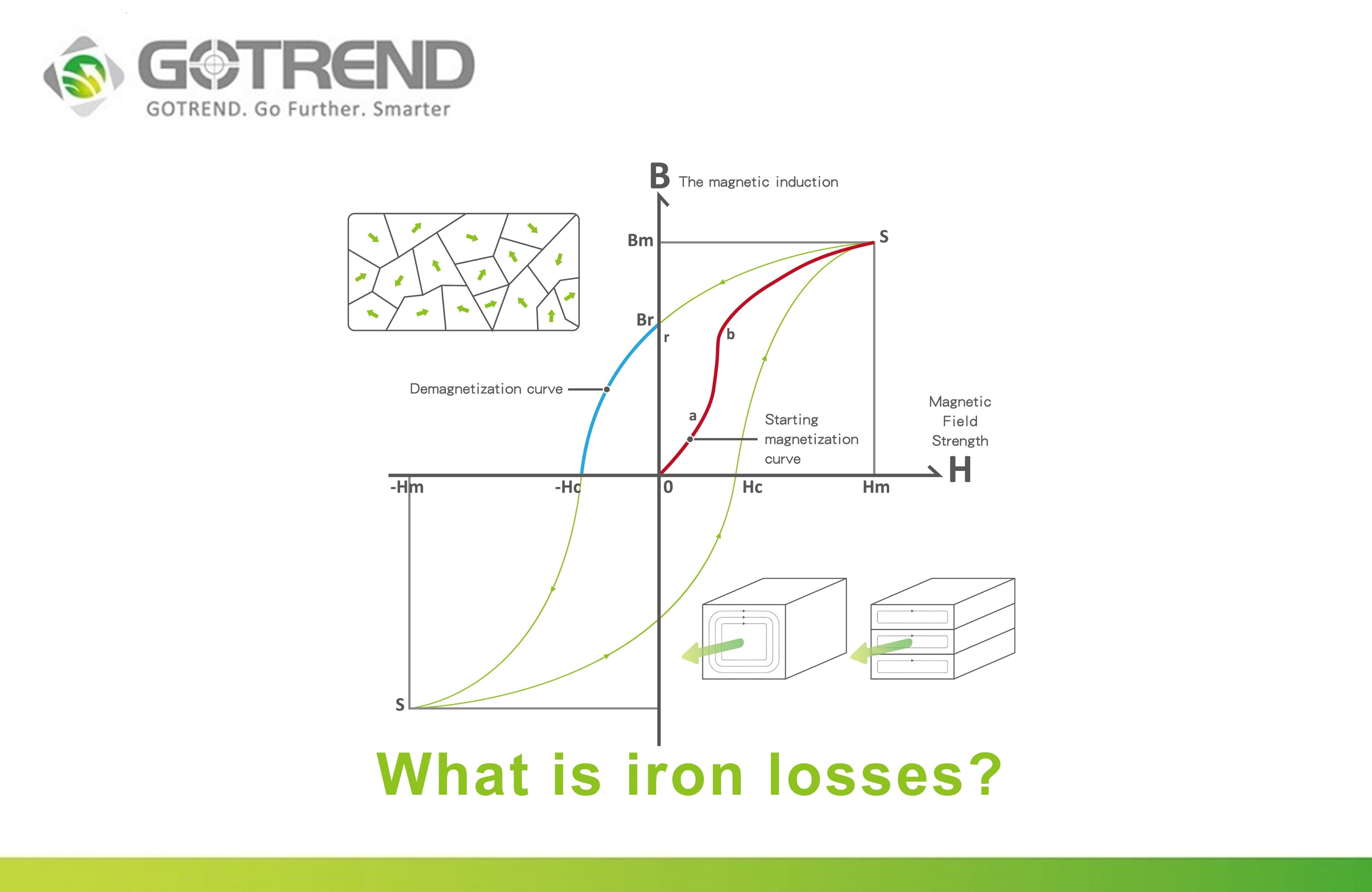
1. Loss of magnetic components :
The losses of magnetic components are mainly iron loss (core loss) and copper loss. The relationship between copper loss, iron loss and load of magnetic components is shown in the figure1.
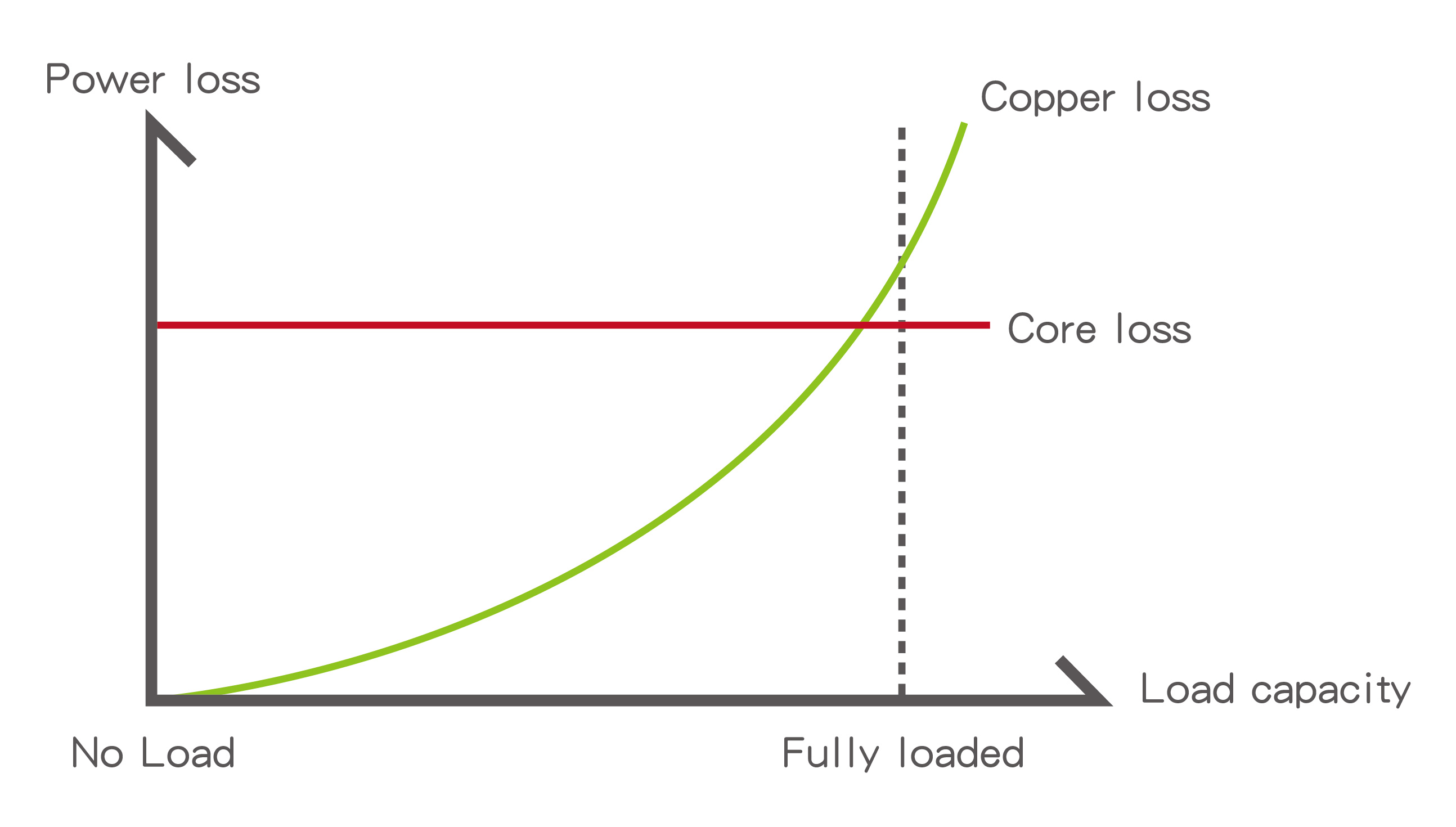
Fig1. Relationship between copper loss, iron loss and load of magnetic components.
Iron loss is a fixed loss, Iron losses are mainly composed of three types of losses, Hysteresis losses, Eddy-current losses and Anomalous losses. These losses are inevitable in the magnetic circuit of a transformer.
And iron loss is proportional to the square of the voltage, but the working voltage of the transformer doesn’t change much, won’t change with the load change, the loss power is fixed, so iron loss is a fixed loss.
2.What is iron losses (core loss)?
When electric current flows through magnetic components such as transformers and inductors with magnetic cores, these cores are influenced by the changing magnetic field, resulting in losses. These losses are converted into heat energy and also contribute to noise generation due to vibrations. This phenomenon is known as iron losses.
3.What is hysteresis losses?
Hysteresis losses are related to magnetic materials. When electromagnetic, the magnetic field of the magnetic material changes, the magnetization intensity will also change, which can be judged from the B-H curve (figure 2), the larger the curve area, the greater the hysteresis.
When the magnetic field of the magnetic material changes, the magnetization strength of the magnetic material changes and the magnetic domain (the basic unit of ferromagnetism) will generate resistance to rotation, expansion and contraction to generate heat energy. This phenomenon is called hysteresis losses.
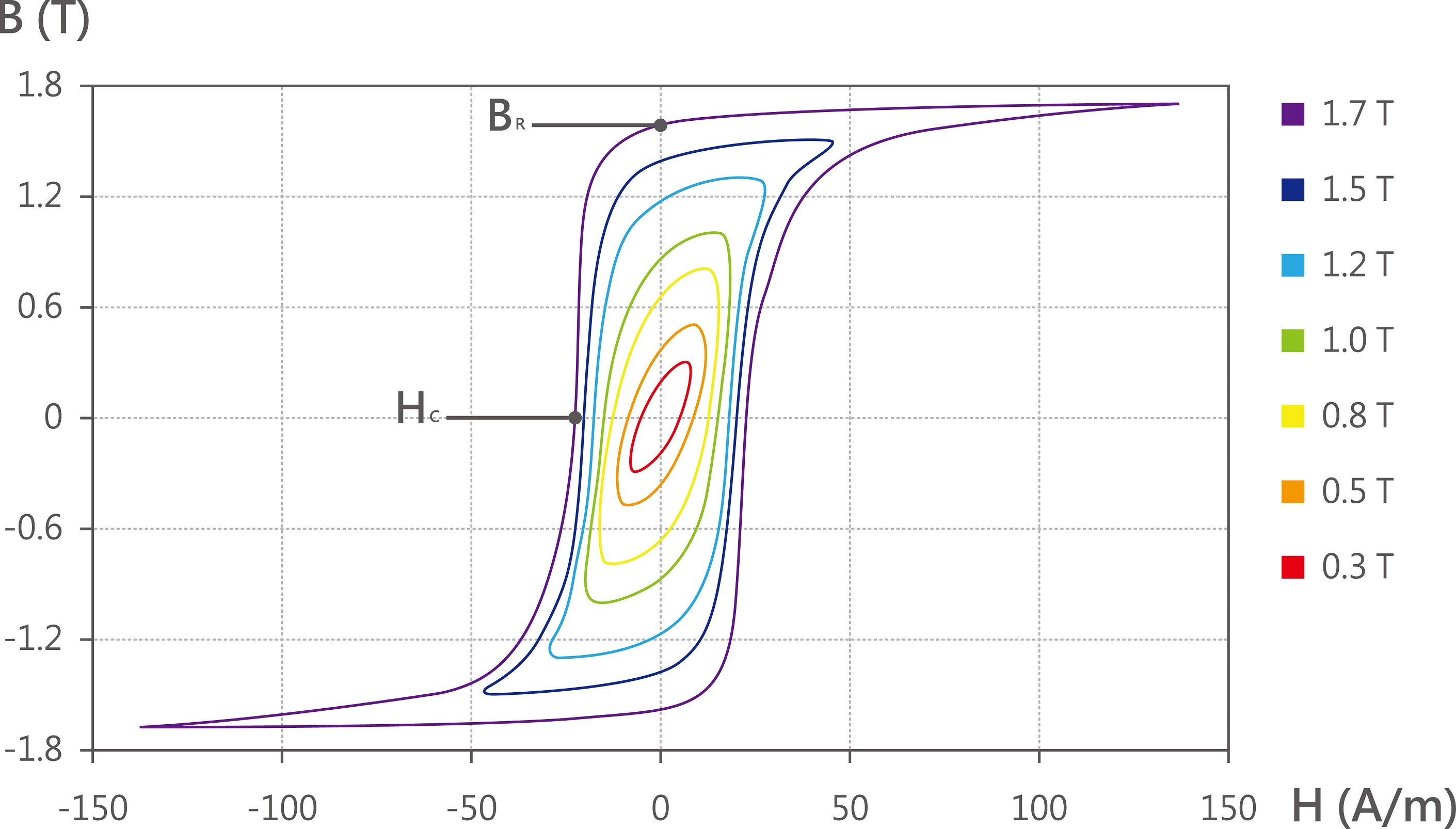
Fig2. B-H curve - the larger the curve area, the greater the hysteresis losses.
If the magnitude of the AC magnetic field remains the same, the cycle time is the same, the rotation period of the magnetic domain of the magnetic material is also the same, and the hysteresis loss remains unchanged. At this time, the hysteresis loss is proportional to the frequency. The higher the frequency, the higher the hysteresis loss.
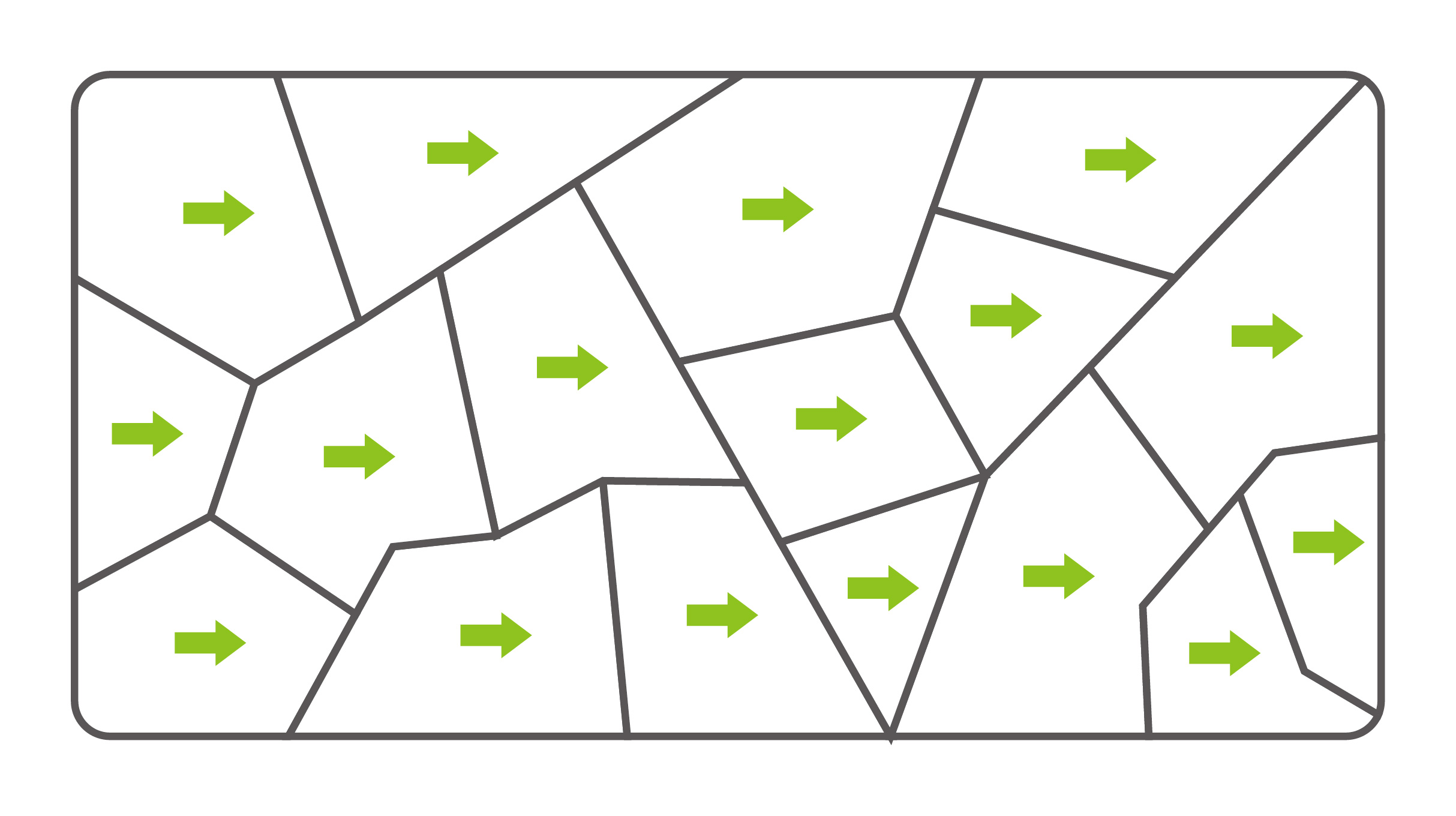
Fig3. The direction of the magnetic domain is the same when it’s energized.
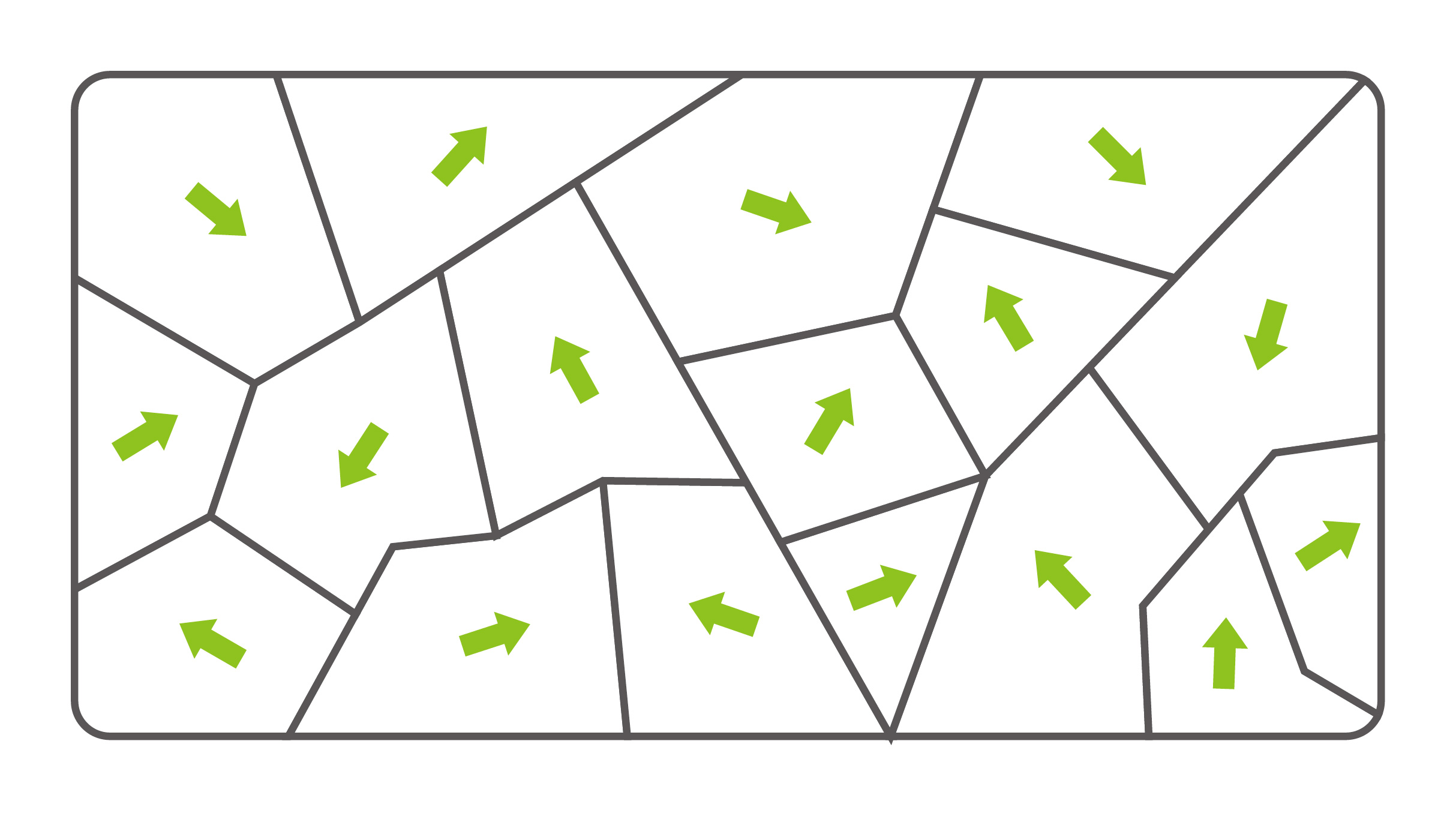
Fig 3-2. After magnetization magnetic domain
4. Introduction of Eddy-current losses?
The eddy current and the magnetic field are perpendicular, and the eddy current will generate thermal energy loss due to the resistance of the magnetic material and the metal conductors in contact with it.
This phenomenon of generating thermal energy to the magnetic material is called eddy current loss.
Electromagnetism, when the magnetic field changes, the conductor produces eddy current, when the eddy current flows in the iron core, it will cause heat loss due to the resistance of the iron core material, eddy current loss and the size of the current circulation area are directly proportional, but inversely proportional to the resistivity of the core material.
If the magnetic material is thin and has an insulating coating on the surface, eddy current loss can be reduced, such as silicon steel sheet; and the choice of magnetic material can also reduce eddy current loss, such as ferrite.
Fig4. Silicon steel sheet - can gradually reduce eddy current loss
5. What is Anomalous loss ?
Abnormal losses other than hysteresis and eddy current losses can be referred to as other losses.
6.What is B-H Curve Chart ?
The relationship between the magnetic field strength (H) and the magnetic induction (B) of a magnetic material is nonlinear. If the magnetic field is enhanced, the relationship between the two will rise to a certain point in a curve. After reaching this point, even if the magnetic field strength continues to increase, the magnetic induction strength will no longer increase. This condition is called magnetic saturation.

Fig5. B-H curve - the larger the curve area, the greater the hysteresis losses.
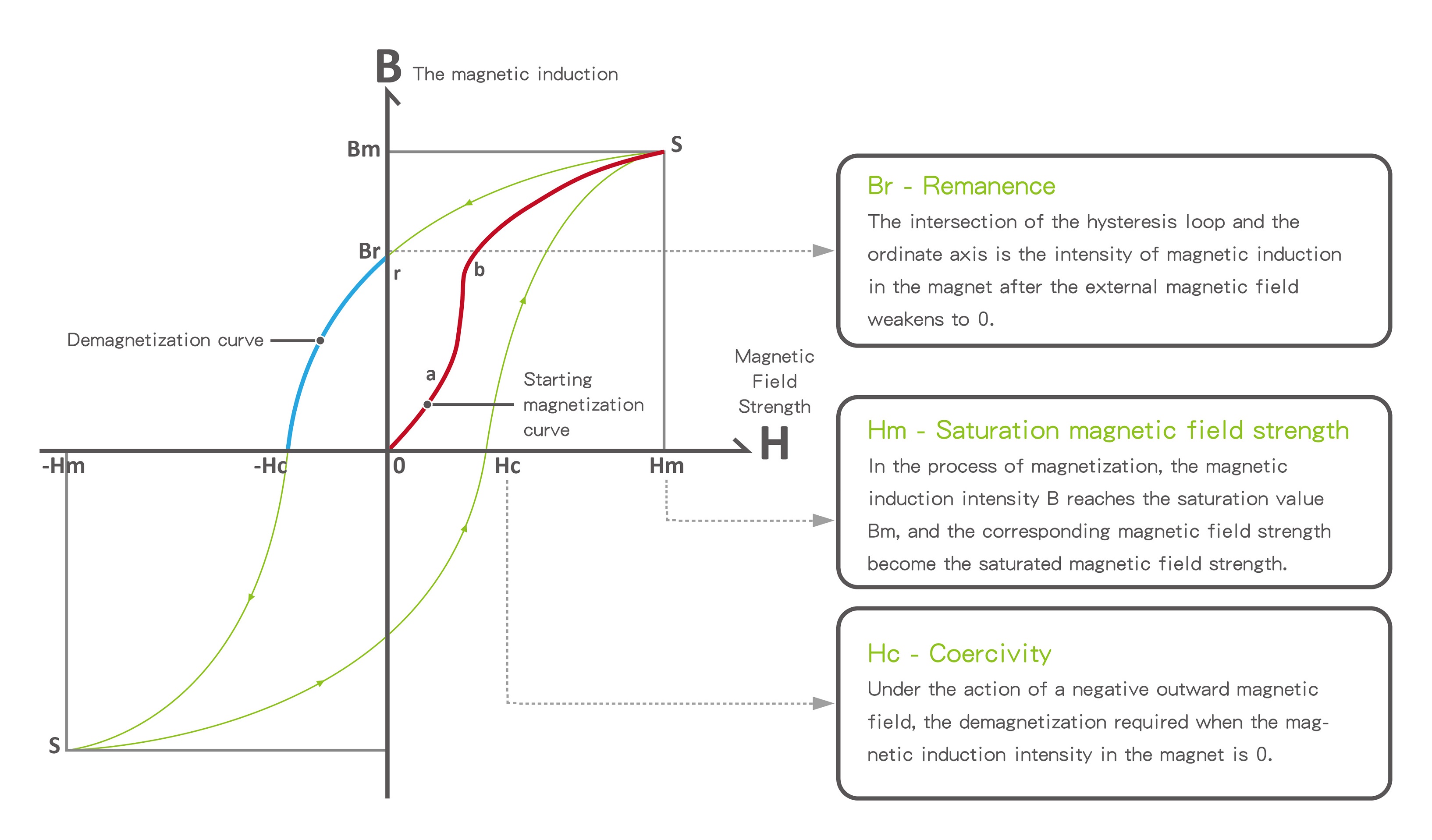
Fig6. Starting magnetization curve and hysteresis loop
Magnetic induction is also called magnetic flux density, a physical quantity used to describe the strength and direction of the magnetic field, usually expressed as a vector(B), the unit is Tesla (T) or Gauss (Gs), 1T=10KGs ; the current and the magnetic field line will be perpendicular to the performance.
When the magnetic induction When the intensity value is small, it means that the magnetic induction is weak. When the magnetic induction intensity value is large, it means that the magnetic induction is strong.
The magnetic induction (B) is equal to the length (L) under the applied force (F) in a magnetic field, and the conductor of the current I; the magnetic induction intensity is inversely proportional to the product of (L) and (I).
Magnetic induction formula :
The magnetic induction intensity ( ^B) of the vector is proportional to the product of the magnetic field intensity (^H) of the vector and the (μ) permeability.
Magnetic field strength(H):
• Magnetic charge is the earliest view to describe the magnetic field.
In 1785, Coulomb established the magnetic Coulomb law. Coulomb believed that there are positive and negative magnetic charges, and the magnitude of the attraction and repulsion between the two magnetic charges is proportional to the product of the magnetic charge intensity. The distance between the two magnetic charges is inversely proportional to the square.
• Remanence (Br):
The intersection of the hysteresis curve and the Y-axis, after the core is saturated magnetized, the saturation magnetic induction intensity of the magnetic field removed is called remanence.
• Coercivity (Hc)
At the intersection of the hysteresis curve and the X axis, after the magnetic material is saturated magnetized, the external magnetic field returns to 0, and its B value isn’t zero.
Therefore, under the action of a negative magnetic field, the magnetic induction intensity B in the magnet weakening with the increase of the demagnetizing magnetic field.
When the B value is 0, the magnetic field strength is called the coercivity.
If the coercive force of the magnetic material is large, it’s called a hard magnetic material, and the permanent magnetic material is used in motors and magnetic storage ; if the coercive force of the magnetic material is small, it’s called a soft magnetic material, and the soft magnetic material is used in transformers and inductors.
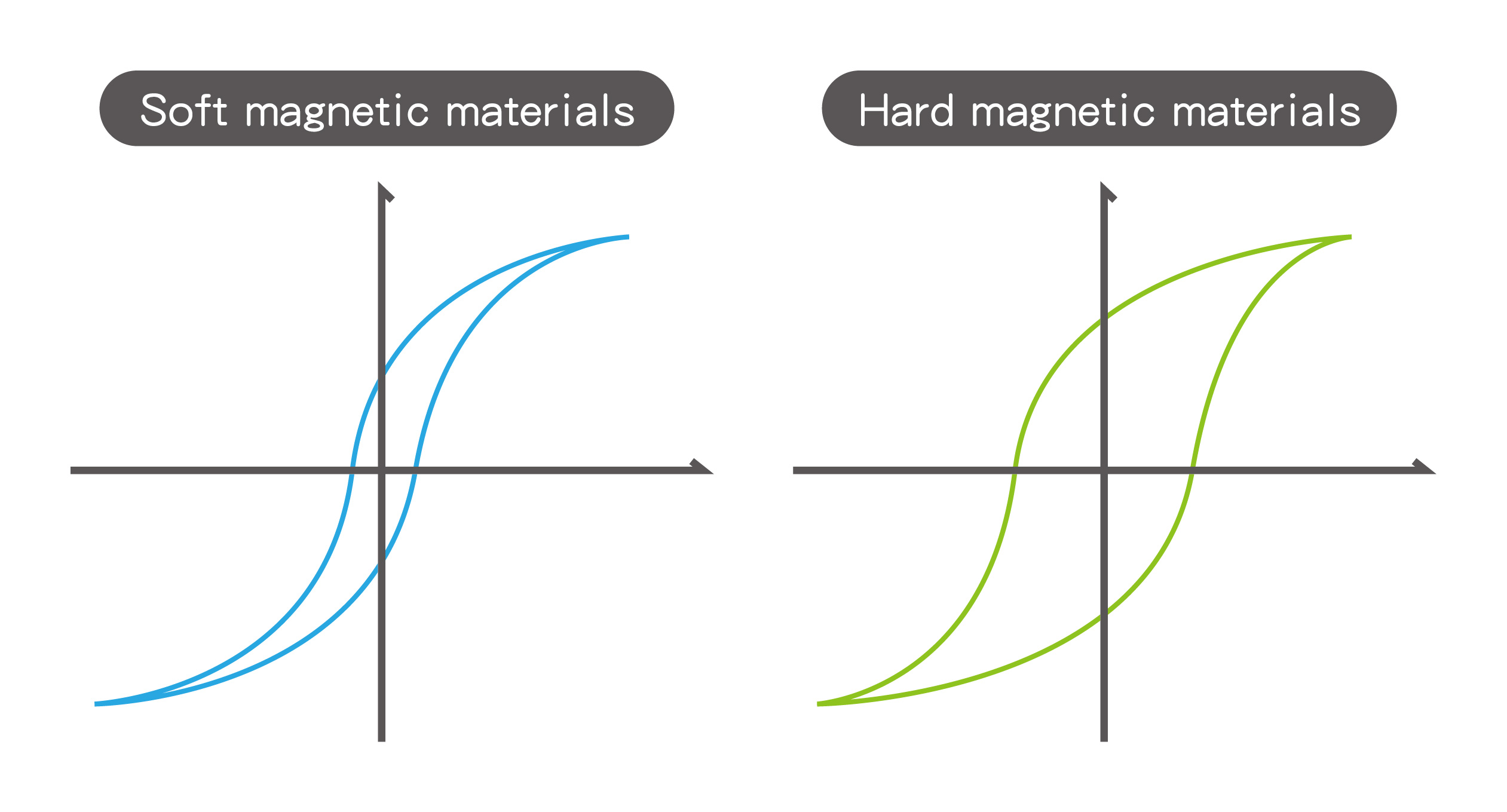
Fig7. B-H curve - Small straightening = soft magnetic material
• Saturation Magnetic Field Strength (Hm) and Saturation Magnetic Induction (Bm)
With the increase of the external magnetic field intensity H, the magnetic induction intensity B is also gradually increased. When the magnetic material is fully magnetized, that is, the magnetization magnetic field intensity H should reach the Hm value, and the magnetic induction intensity also reaches the saturation value Bm, the maximum can be obtained. Demagnetization curve for possible magnetization.
At this time, the demagnetization curve is the most stable. If the magnetizing magnetic field strength H is lower than the Hm value, there will be hysteresis curves of different shapes, and the demagnetization curve will be unstable, and the characteristics of the magnetic material will be lower.
• Initial magnetization curve (a~b)
At the origin 0, the magnetic material is in a neutral and unmagnetized state.
At this time, B=H=0. With the increase of the external magnetic field strength H, the magnetic induction intensity gradually increases, and finally when the external magnetic field strength reaches Hm, When the saturation value Bm is reached, this curve is called the initial magnetization curve.
• Demagnetization curve Br~-Hc
This section of Br~-Hc is called the demagnetization curve. Under the action of a negative magnetic field, from 0 to -Hc, the magnetic induction intensity B eliminates the remanence, and the size of the demagnetization curve reflects the ability of the magnetic material to maintain the remanence.
Related articles:
• What is copper loss? What is the skin effect ? The difference between Isat and Irms
• What is the core power material ?
• What is the principle of transformer and voltage conversion ?
 GOTREND Technology Co.,Ltd
GOTREND Technology Co.,Ltd


